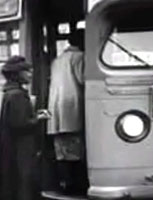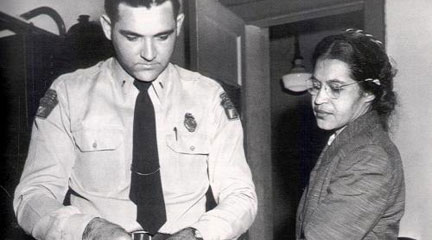Opening Up the Textbook: Rosa Parks

Using a textbook passage and two primary sources, this lesson engages students in using historical evidence in order to critique a textbook passage. In this way, it also allows teachers to introduce the textbook as one source among many, rather than the final word on historical events.
This easy-to-follow lesson cuts to the heart of historical thinking. Its strength is that it requires students to go to the sources in order to develop historical knowledge. Not only does it show students how public memory and history textbooks can oversimplify complex events, it gives students the means to craft their own textbook passage by drawing on specific textual evidence, including sources that contradict one another.
The simplicity and clarity of the lesson make it ideal for introducing both historical thinking in general and the Civil Rights Movement specifically. More experienced teachers may chafe at the lesson's tight structure—so, they can create their own lesson by using the website's multiple resources regarding the Montgomery Bus Boycott.
Of the two suggested writing assignments, Prompt One, which asks students to rewrite a standard textbook account, is particularly good. Prompt Two asks students to take a position for or against using a standard textbook. While this may prompt students to consider the implications of the traditional Rosa Parks story, it is also problematic. Would it be possible for a student to argue for and still receive a good grade?

Yes Current historians highlight both Parks's training as an activist and the fact that she was part of a broad, well-organized movement in Montgomery.
No The point of the lesson is to look at students' and textbooks' assumptions about Rosa Parks, and so the lesson purposefully does not offer extra background. However, resources are available at the website.
Yes The lesson includes reading one secondary and two primary sources. Teachers can choose from two suggested writing assignments.
Yes Students create their own interpretation, and they question a textbook interpretation.
Yes Through looking closely at sources, students arrive at a complex understanding of events.
Yes The lesson is appropriate for high school students and with modifications could be used with younger students.
Yes If analysis stalls, teachers could prod students to look at the documents' dates and to identify the contradictions among the documents.
No Assessment strategies are included, but not assessment criteria.
Yes
Yes The lesson states its goals, and it progresses in a logical, linear fashion.
